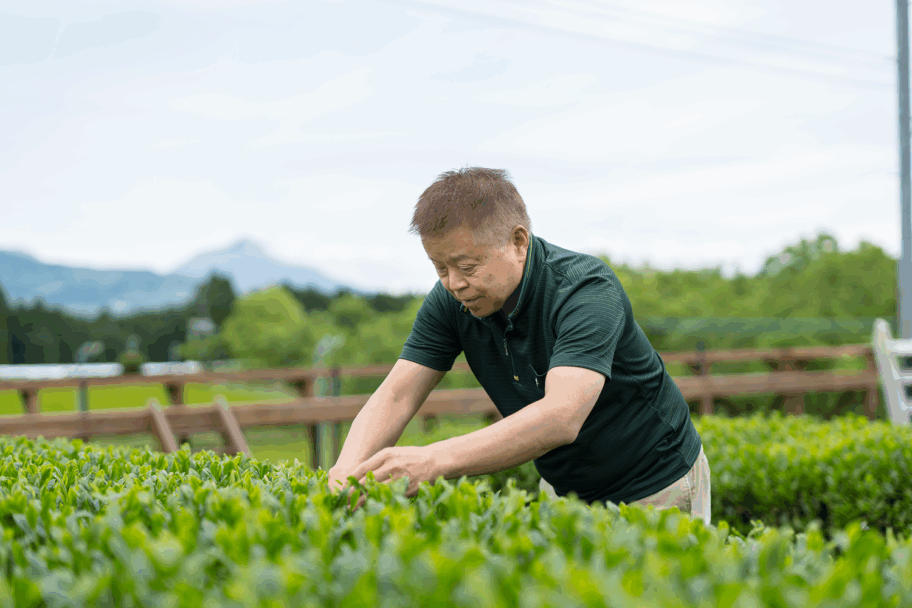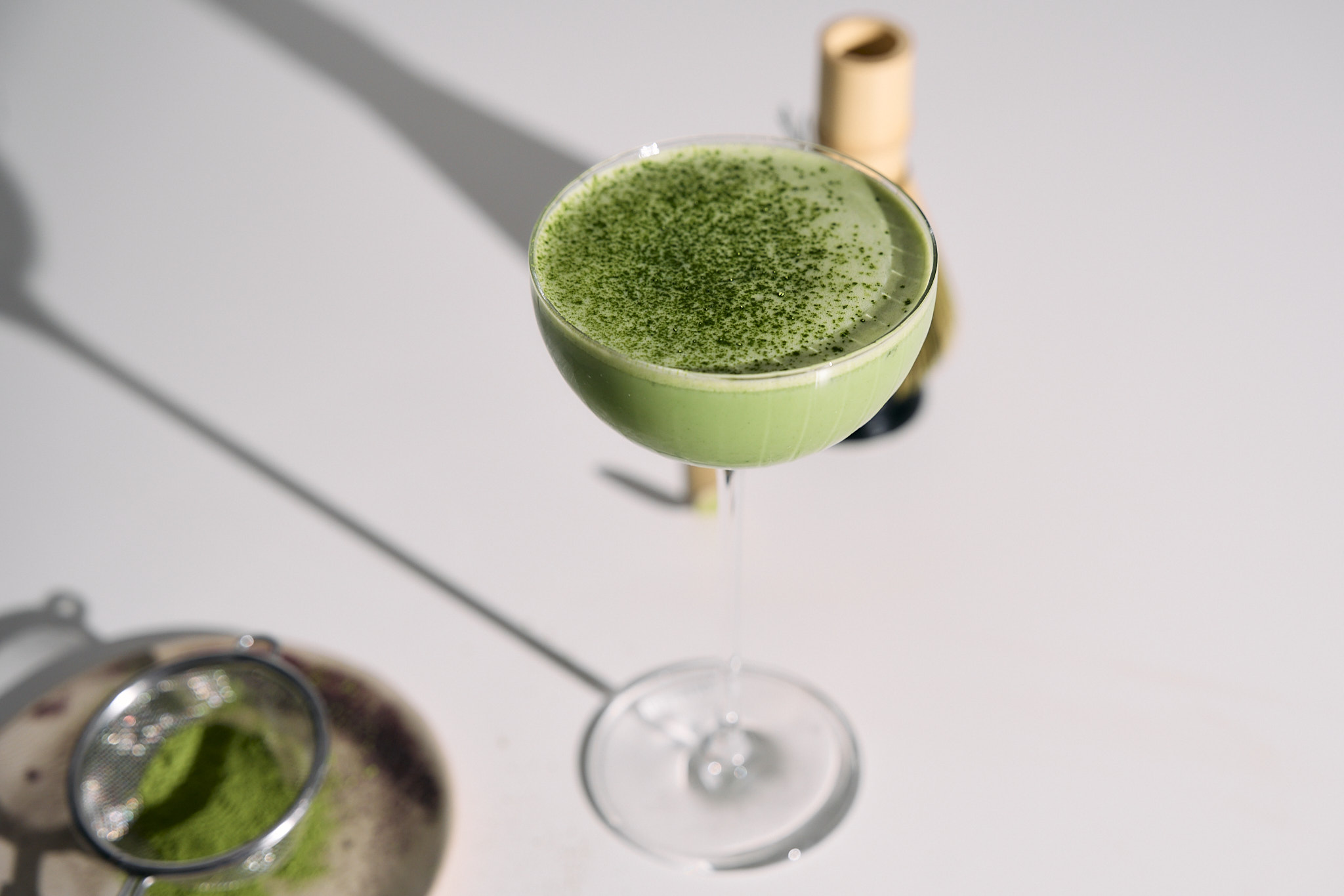The popularity of matcha is growing not only in Europe and America, but also in Asia, Australia, and the Middle East. This rapid increase in matcha’s availability is good news for producers and green tea enthusiasts, but it also brings significant challenges.
Japan is currently facing an unprecedented situation: demand for matcha exceeds production capacity, and raw material prices have risen by more than 100% compared to last year. What does this mean, and why is it happening?
Limited supply, rising demand
Matcha is made from tencha leaves, which are grown under special conditions—tea bushes are shaded for several weeks before harvest, which increases chlorophyll and L-theanine content. This unique process makes matcha so special, but it also limits production scale.
The cultivation of tencha occupies only a small percentage of tea fields in Japan, mainly in the regions of Uji, Kagoshima, Shizuoka, and Aichi. Meanwhile, the global trend for matcha, both in premium and culinary form, has meant that Japanese farmers cannot keep up with market demand.
Why are matcha prices rising?
Raw material prices in Japan have risen by around 100% this year. This is the result of several overlapping factors:
- Huge global demand – the matcha trend has reached coffee chains, restaurants, and households worldwide.
- Limited cultivation area – tencha bushes grow only in selected regions, and the shading and care process is costly and time-consuming.
- Climate change – difficult weather conditions (irregular rainfall, frosts, heat waves) affect the size and quality of harvests.
- Tourism and exports – Japan is consuming more matcha domestically (e.g., in the café markets of Kyoto and Tokyo) while also exporting record amounts.
- Lack of younger generations in farming – many plantation owners are elderly farmers who often have no one to pass their work on to. The lack of successors means that some tea fields are abandoned or converted to other crops.
The Result? Matcha has become one of the most sought-after raw materials in the global tea market, and its price – especially for high-quality varieties is rising faster than ever before.



